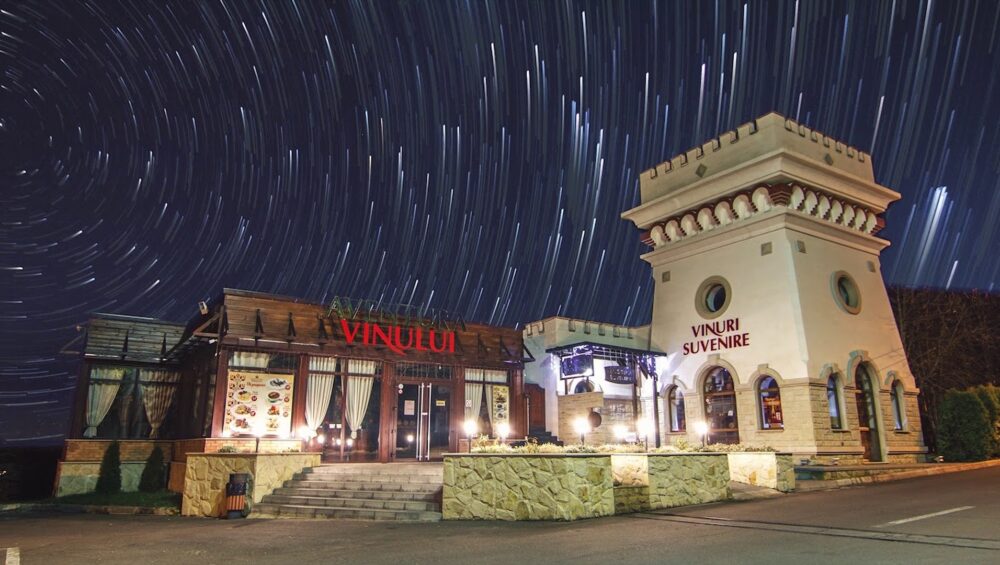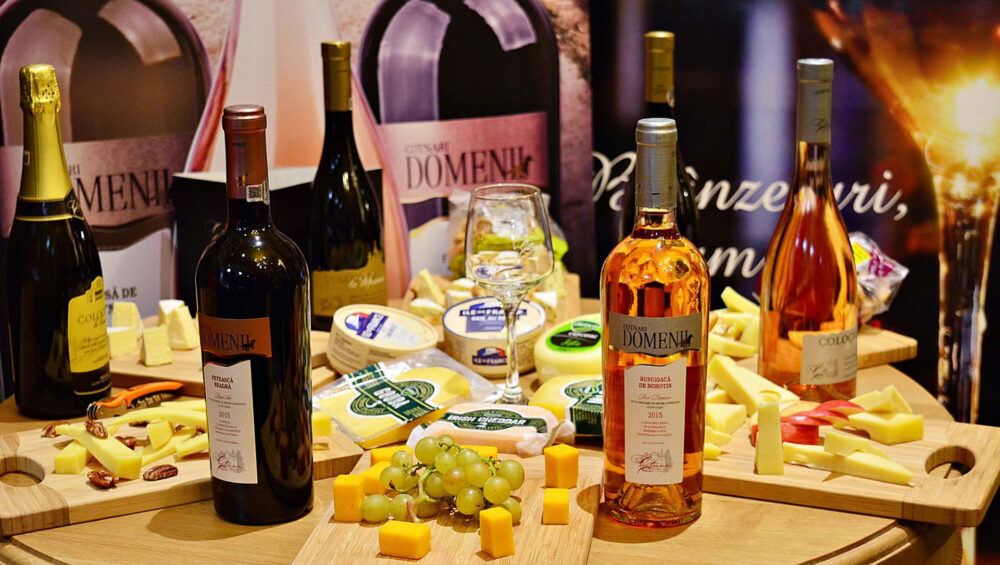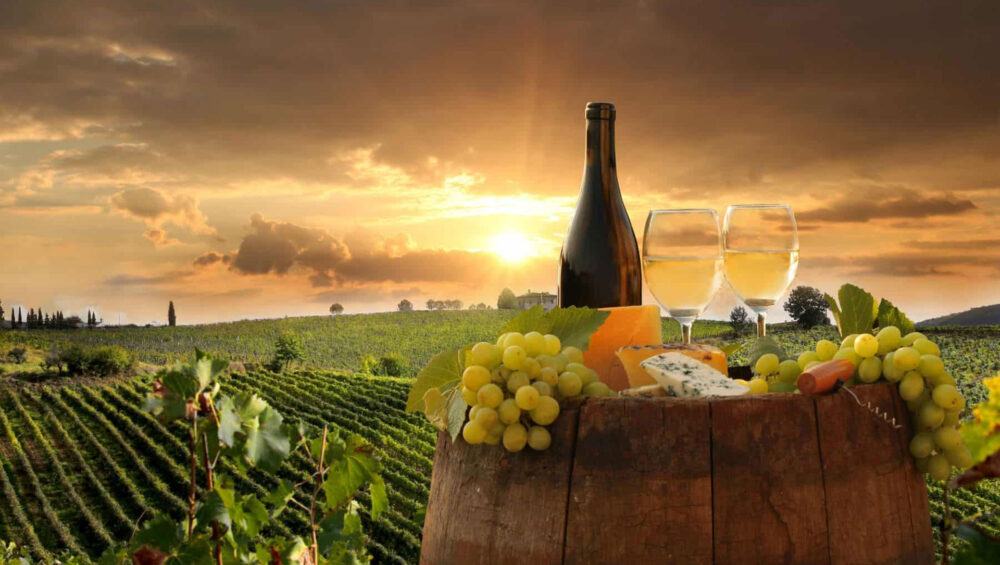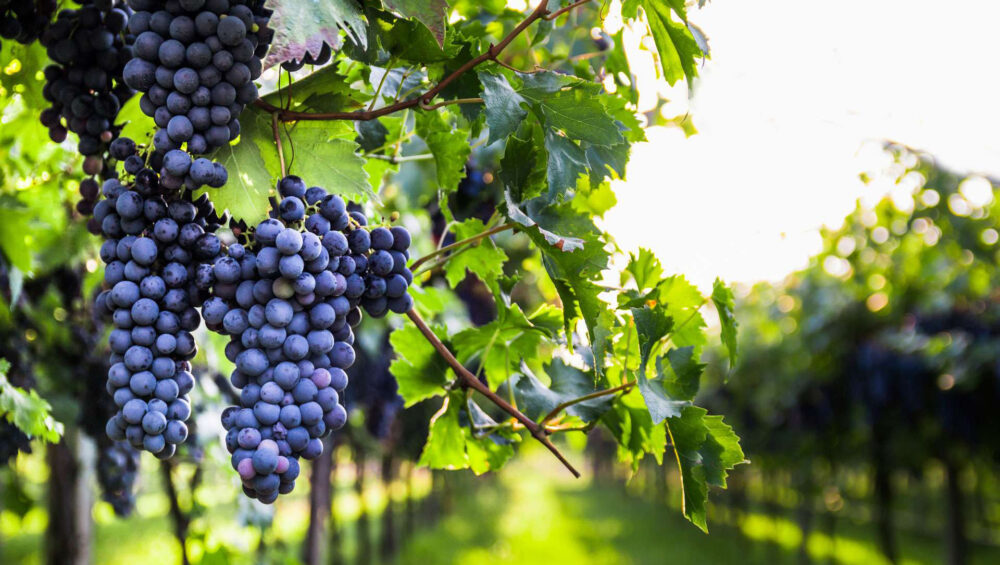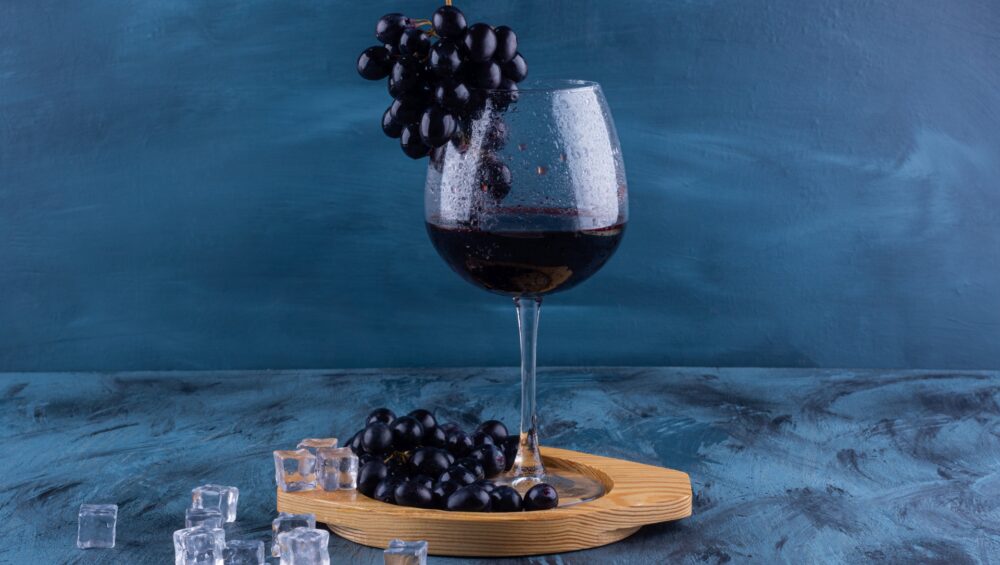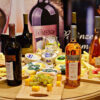Cricova – Discover the underground city!
Cricova (Republic of Moldova) is one of the most famous wineries in the world, known for its extended underground cellars and high quality wines. Although many of the Cricova information is available to the public, there are some secrets that few people know about. Here are some:
Cricova houses one of the largest underground wineries in the world, with over 120 km of tunnels and galleries that were initially excavated for limestone. The cellars are kept at a constant temperature of 12 ° C, which is ideal for keeping and aging.
One of the most interesting aspects of Cricovei’s cellars is that they have been used to hide and protect valuable wines throughout history. During World War II, Cricovei’s cellars were used to store important documents and treasures, as well as valuable wine collections that were hidden by the German army.
Cricova also hosts an impressive collection of vintage cars that are stored in underground tunnels. These cars belong to the owner of the winery and are exhibited in a dedicated museum, with access only for the connoisseur visitors.
Cricova is known for producing a variety of high quality wines, including traditional Moldovan varieties such as Feteasca Albă and Feteasca Neagră, as well as international varieties such as Chardonnay and Cabernet Sauvignon. In addition to its standard wine offers, Cricova also produces a limited edition sparkling wine, which is outdated up to 10 years in cellars.
Cricovei cellars also host a unique wine storage system that uses clay jars called “Kvevri” to check out and ferment wine. This traditional vinification method dates back to thousands of years and is still used in some parts of Georgia, which is near Moldova.
In general, Cricova is a fascinating destination for both wine lovers and history lovers, with a lot of unique secrets and features.

